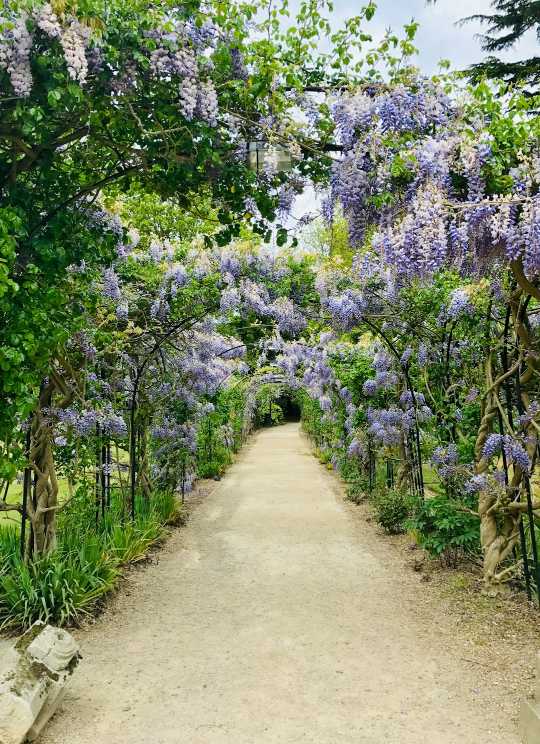Container gardening is a wonderful way to bring a touch of nature into your home, whether you live in a small apartment or a house with a large backyard. It’s a great option for beginners who are looking to try their hand at gardening without committing to a full-fledged outdoor garden. With the right tools and a bit of knowledge, anyone can become a successful container gardener.
In this post, we will cover the basics of container gardening for beginners, including the benefits of container gardening, choosing the right containers and soil, selecting the right plants, and caring for your container garden.
Benefits of Container Gardening
Container gardening has many benefits, making it a popular choice for beginners and experienced gardeners alike. Some of the key benefits include:
1. Space-saving: Container gardening is perfect for those who have limited outdoor space, such as apartment dwellers or those with small yards.
2. Versatility: Containers come in a wide range of shapes, sizes, and styles, allowing you to create a customized garden that fits your space and style.
3. Mobility: Containers can be easily moved around, allowing you to rearrange your garden as needed or bring your plants indoors during inclement weather.
4. Easy maintenance: Container gardens require less maintenance than traditional gardens, making them a great option for those with busy lifestyles.
Choosing the Right Containers and Soil
When it comes to container gardening, choosing the right containers and soil is crucial for the health and success of your plants. Here are some tips to keep in mind when selecting containers and soil for your container garden:
1. Containers: Choose containers that are the appropriate size for the plants you want to grow. Make sure the containers have drainage holes to prevent water from pooling at the bottom, which can lead to root rot. You can use a wide variety of containers, including traditional clay pots, plastic pots, wooden boxes, or even repurposed household items like buckets or mason jars.
2. Soil: Use high-quality potting soil specifically formulated for container gardening. Avoid using garden soil, as it may contain pests, diseases, or weeds. Look for a soilless mix that is lightweight, well-draining, and rich in nutrients. You can also add perlite or vermiculite to improve drainage and aeration.
Selecting the Right Plants
When it comes to container gardening, the possibilities are endless when it comes to plant selection. However, there are a few key factors to consider when choosing plants for your container garden:
1. Light requirements: Different plants have different light requirements, so make sure to choose plants that are suited to the amount of light available in your space. Most herbs and vegetables require at least 6-8 hours of sunlight per day, while some shade-loving plants like ferns or begonias can thrive in lower light conditions.
2. Climate: Consider the climate in your region when selecting plants for your container garden. Choose plants that are well-suited to your climate to ensure they thrive and produce a bountiful harvest.
3. Size: Consider the mature size of the plants you choose and make sure they will have enough room to grow in their containers. Smaller plants like herbs or lettuces can be grown in small pots, while larger plants like tomatoes or peppers will need larger containers.
Caring for Your Container Garden
Once you have selected your containers, soil, and plants, it’s time to care for your container garden. Here are some essential tips to keep your container garden healthy and thriving:
1. Watering: Proper watering is essential for the health of your plants. Water your container garden regularly, keeping an eye on the moisture level of the soil. Check the soil with your finger – if it feels dry an inch below the surface, it’s time to water. Make sure not to overwater, as this can lead to root rot.
2. Fertilizing: Container plants need regular fertilization to replenish nutrients that may be depleted in the soil. Use a balanced, water-soluble fertilizer according to the instructions on the package. Be careful not to over-fertilize, as this can damage your plants.
3. Pruning and grooming: Regularly prune your plants to promote growth and maintain their shape. Remove dead or yellowing leaves, spent flowers, and any diseased or damaged parts. Groom your plants by removing debris from the soil and cleaning the containers to prevent pests and diseases.
In conclusion, container gardening is a fun and rewarding hobby that anyone can enjoy, regardless of their gardening experience or space constraints. By following the basics of container gardening for beginners outlined in this post, you can create a beautiful and productive container garden that will bring joy and beauty to your home. So grab your containers, soil, and plants, and get started on your container gardening journey today!

